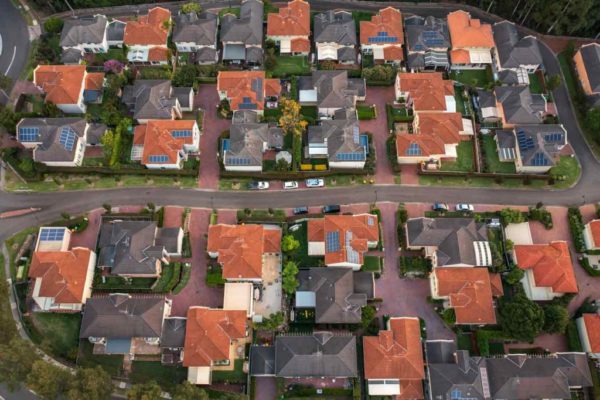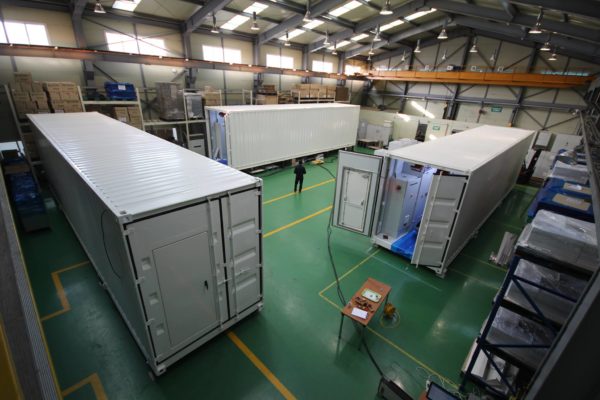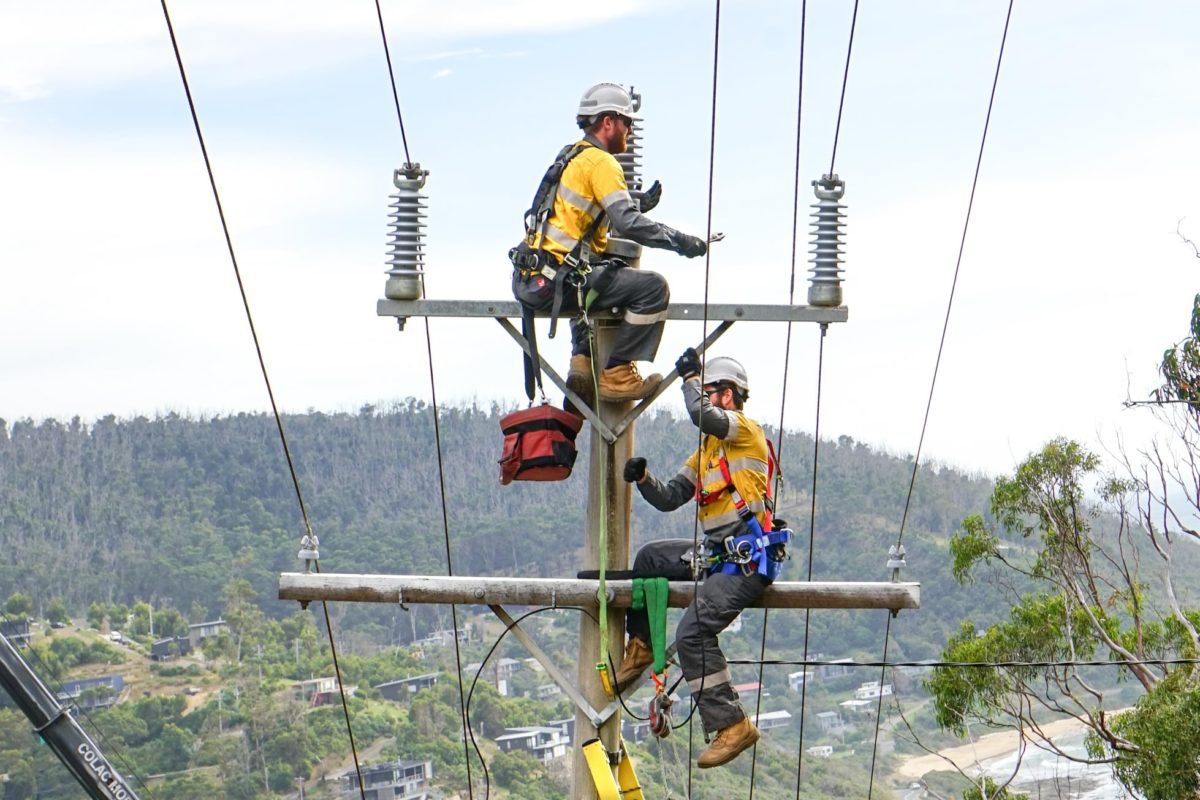Electricity distributor Powercor said owners of residential rooftop solar systems in some of Victoria’s top solar PV hotspots can now share more of their power after network upgrades in key areas across the state’s central and western regions had ratcheted up the rate of approval for rooftop solar exports to 90%.
Powercor electricity networks general manager Mark Clarke said crews had worked at more than 30 sites a week for more than three months, completing more than 500 different network alterations in nine key regions with high levels of rooftop solar penetration.
The areas, identified as part of Powercor’s Solar Hotspots Program, include Ballarat, Bendigo, Bacchus Marsh, Hoppers Crossing, Maryborough, Melton, Portland and the western suburbs of Melbourne between Sunshine and Point Cook.
Clarke said prior to the works, the areas had been among the most constrained parts of its network, with a new solar connections export approval rate of just over 60% at the start of the year.
In the wake of the works program, the areas are now among the best areas for approval of new solar connections to export, with approval rates now above 90% which is even higher than the network-wide average of 89%.
“We’re seeing a real lift in the number of customers able to export excess solar back into the grid in these areas, which were among the most constrained in our network only a few months ago,” Clarke said.
“These works are allowing most of our customers in these areas to export their excess solar, while also supporting Victoria to reduce emissions and increase the use of clean energy generated by customers at home.”

Image: ARENA
The works program included upgrading infrastructure, adjusting tap settings on street-level transformers, balancing voltage levels on powerlines and making adjustments at zone substations.
The network upgrades are part of stage one of Powercor’s five-year Future Networks program which the service provider said has been designed to better support the rise in rooftop solar, electric vehicles and battery storage.
More than 161,000, or about 22%, of residential customers on the Powercor network now have solar power, with a total installed capacity of 631 MW. In the past 12 months, more than 24,000 new residential customers have connected solar to the Powercor network.
Clarke said the works have not only improved the ability of rooftop solar owners to export solar to the grid but have also reduced the tripping of existing solar systems caused by voltage issues when large amounts of excess solar is exported into the network.
“We recognise the future of energy is being driven by customer choices and these works are part of the ways we’re working to enable them” Clarke said.

Image: Powercor
Powercor is also stepping up its rollout of community batteries, announcing it will install a 150 kW/388 kWh battery in the western Melbourne suburb of Tarneit to make the most of the strong rooftop solar penetration in the area.
The battery is designed to soak up excess rooftop solar generation and supply up to 150 nearby homes during peak periods, providing more than two-and-a-half hours battery storage.
“This battery will provide benefits for local customers, whether they have solar or not, by providing the community with access to local renewable energy, improving the reliability of electricity during peak demand times,” Clarke said.
“Solar is booming in Tarneit and this battery will allow more homes to connect and export excess solar from their systems back into the grid.”
Tarneit and the surrounding suburbs have the highest number of solar connections in the Powercor network. In the 3029 postcode (Tarneit, Hoppers Crossing and Truganina), more than 13,800 customers have connected solar to the network, making up about 42% of all customers in the area.
It’s expected the new battery, which has secured $800,00 in funding under the Victorian Government’s Neighbourhood Battery Initiative, will enable an additional 121,800 kWh of solar exports per annum in the area.
Construction of the new battery is scheduled to begin this year and it is expected to be operational by June 2022.
This content is protected by copyright and may not be reused. If you want to cooperate with us and would like to reuse some of our content, please contact: editors@pv-magazine.com.









By submitting this form you agree to pv magazine using your data for the purposes of publishing your comment.
Your personal data will only be disclosed or otherwise transmitted to third parties for the purposes of spam filtering or if this is necessary for technical maintenance of the website. Any other transfer to third parties will not take place unless this is justified on the basis of applicable data protection regulations or if pv magazine is legally obliged to do so.
You may revoke this consent at any time with effect for the future, in which case your personal data will be deleted immediately. Otherwise, your data will be deleted if pv magazine has processed your request or the purpose of data storage is fulfilled.
Further information on data privacy can be found in our Data Protection Policy.